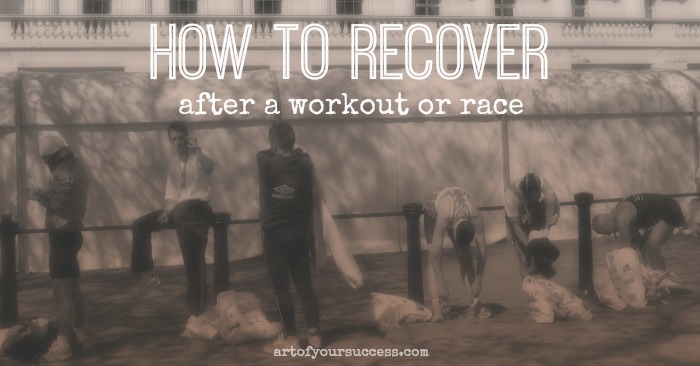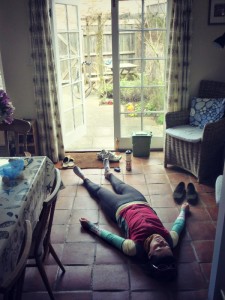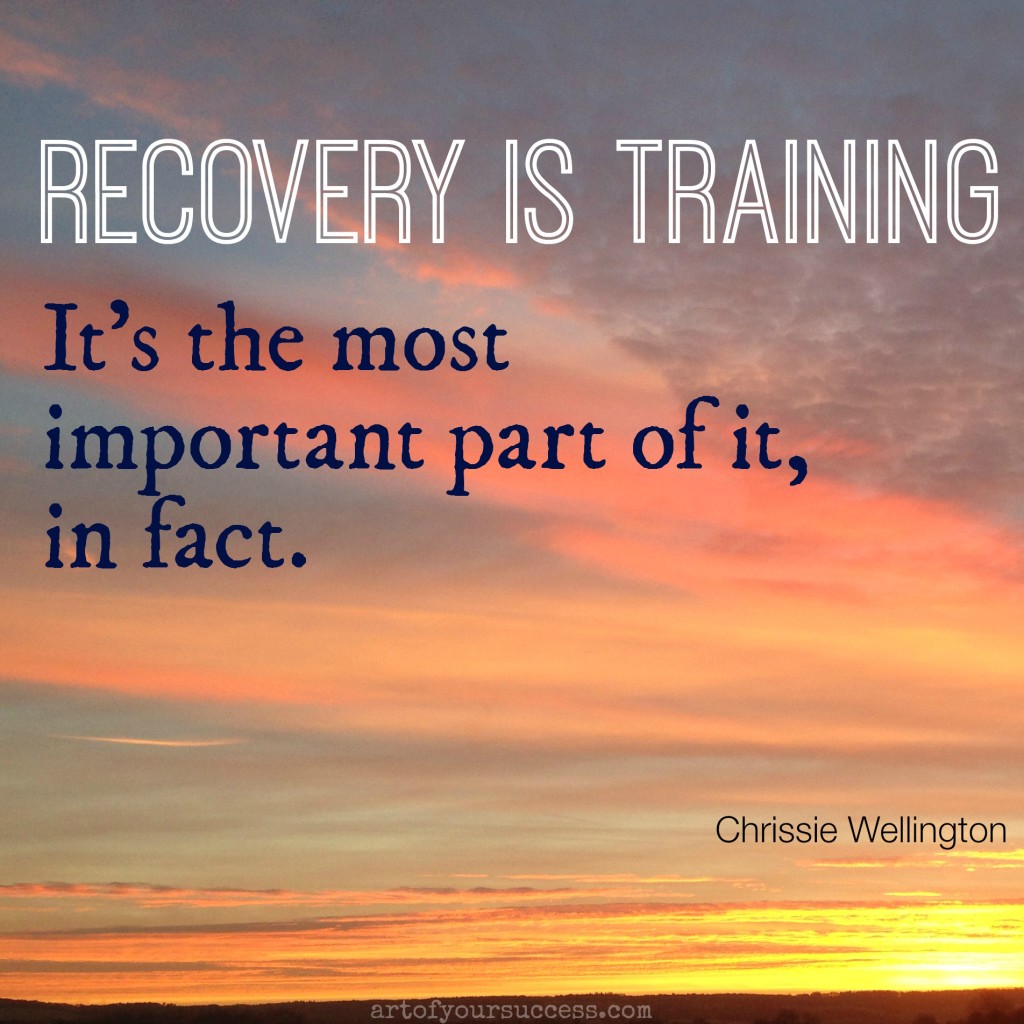
If you chat to other runners and cyclists, you probably talk about how hard or long your workouts were. Much less-talked about is recovery. Maybe it doesn’t create as good stories of hardship as training or racing can, but it’sjust as important as your physical training. Don’t just take it from me, in her autobiography “Life without limits”, four-time Ironman Triathlon World Champion and World Record holder Chrissie Wellington MBE says:
Even presuming you’re taking well more than 2 days off a month (ahem, yes!) as Chrissie did as a pro, follow these tips to keep you at your fittest and away from injury.
First things first, you probably already know that recovery is when the training improvements kick in. This is when the body adapts to the stresses you’ve put on it, and responds and builds to make you stronger. We’re talking whole body – bones, muscles, energy systems. So as well as getting you back up and ready more quickly for your next session, recovering properly also helps you stay away from injury.
The tips below cover how to recover after a single session. Over your training and your year, you should be factoring in longer recovery phases where you exercise less intensely, to let body and mind recover. If you feel exhausted or near injury, then take a day or two off until you feel recovered.
Recovery basics
Stretch
Straight after your workout, cool down with an easy run, walk or pedal. Then put some warm clothes on and do some gentle static stretches while your muscles are still warm
Nutrition
There’s a key window of time 30 – 60 minutes after you’ve finished a hard workout or race where you need to start rehydrating and restocking glycogen to repair damaged muscle tissue. Your body is depleted after its workout, and ready to absorb nutrients. Rehydrating thoroughly will help prevent your muscles shutting down or cramping.
If you can’t get anything in this time, then the sooner the better, and have a full meal within 2 to 4 hours. You need carbohydrates to replace your energy stores, and some protein to repair damaged muscle tissue (roughly a 3:1 ratio of carbs to protein).
As for what exactly you eat or drink, that depends on what you feel like afterwards. Some people can’t stomach much straight after a hard session, so a recovery shake can come in handy here.
I normally have a recovery shake (chocolate) as it’s easy to take with me, easy to drink and I always love the taste. If it’s freezing weather and I have the option, then I heat it up.
I also love some of the bars you can get, like these. As with many things in sport, give it a go and see what you find tasty after exercise, and tell us in the comments below if you’ve got other good tips.
Sitting and sleeping
 Yes, sitting or lying down is definitely recovery! (Just in case you need a demo, here’s me putting it into practice after a particularly hard cycle – you can see my bike in the background!)
Yes, sitting or lying down is definitely recovery! (Just in case you need a demo, here’s me putting it into practice after a particularly hard cycle – you can see my bike in the background!)
Raising your feet stops blood pooling in your legs. You’ll have heard some of the pros go so far as to nap. Sleep gives your body time to repair and rebuild, so a good aim is at least 7 hours a night if possible.
Easy exercise
Low intensity exercise also works as recovery by increasing blood flow to the muscles, helping reduce soreness and inflammation. This could be cycling, swimming, dog walking, just as long as you’re taking it easy. Even if you’re relatively new to exercising, a gentle walk can help stop you stiffening up.
Other recovery methods to try
The recovery methods below have less solid data behind them, but many people, including me, find them helpful, so give them a try and see if they work for you.
Wearing compression clothing

Compression clothes are tight-fitting elastic or lycra that aim to apply pressure in the right areas so that there’s increased blood flow to the muscles. This promotes healing, and also helps flush out metabolic waste. Lots of athletes, myself included, will tell you they think they get less sore and recover faster after wearing them. I’m sure they really helped me recover from the daily rigours of the Tour de France route, when I slept in them every night. There is less official data however, so you’ll just have to give it a go yourself!
Massage
Whether with a professional, or using your own tools, massage can help loosen the muscles. Races of

Ice bath
Not for the faint hearted! Hotly debated whether it works or not, but if it’s good enough for Paula Radcliffe and Mo Farah, you’d think there was something in that.
If you want to try it, sit waist-deep for 10 -15 minutes. I usually just use cold water. You can add 2 to 3 scoops of ice to turn it up! When I’m near the sea at the end of a run I’ll go in and stand for 5- 10 minutes (this is the UK, so it’s cold!) My tip is to keep as many clothes on your top half as you can, to help you keep warm. Listening to a good podcast can also help distract you from the cold of the ice bath.
Have you tried any or all of the recovery methods above? Which work for you and what else do you recommend that’s not covered here? Let me know in the comments below.
Recover well!






Great recovery tips Sarah, after my hard long marathon paced runs I always turn the shower to cold and spray just my legs!! Always at the end of a warm shower!
Brilliant to hear that. If it works for your fantastic running Sarah, that’s great extra evidence that it helps!